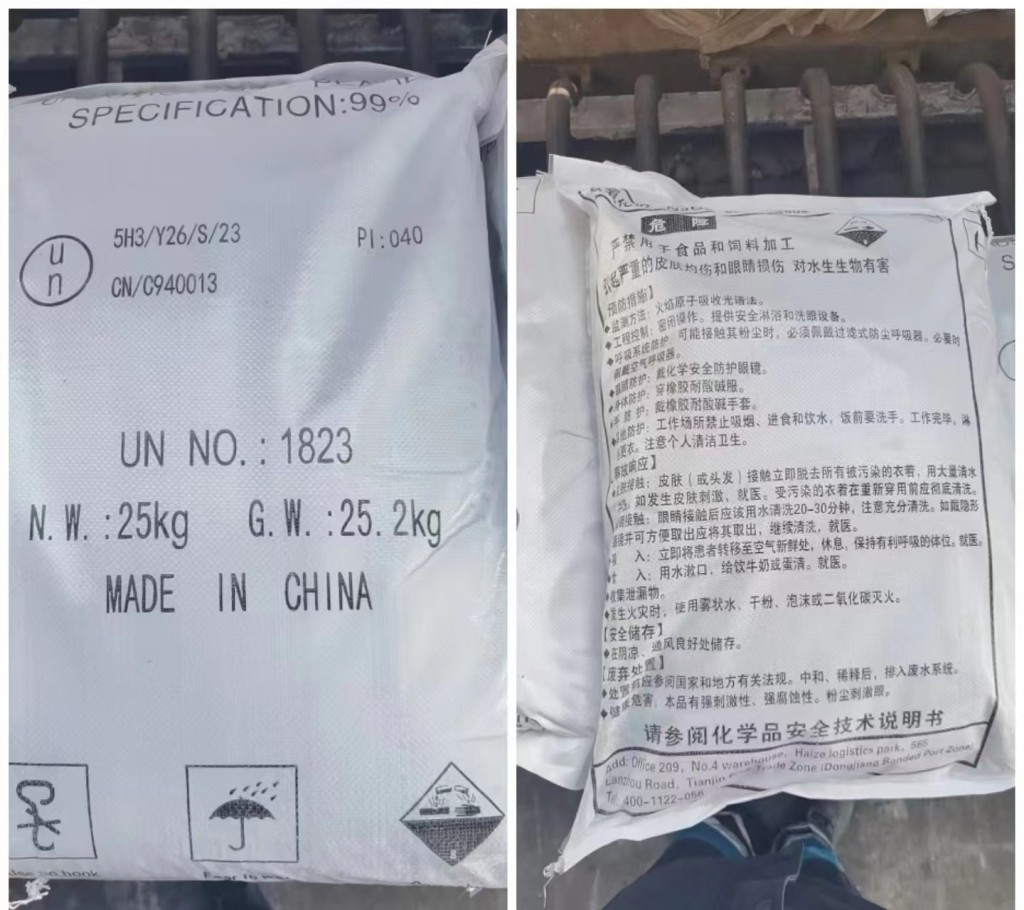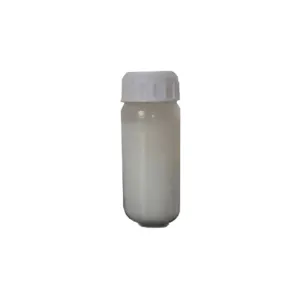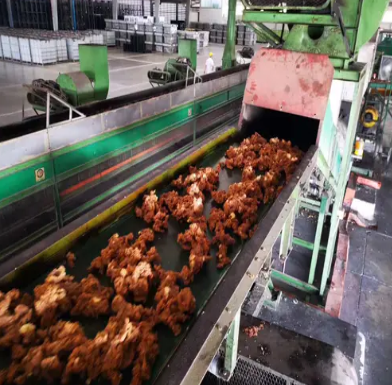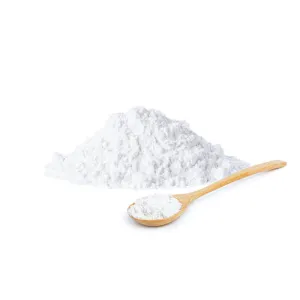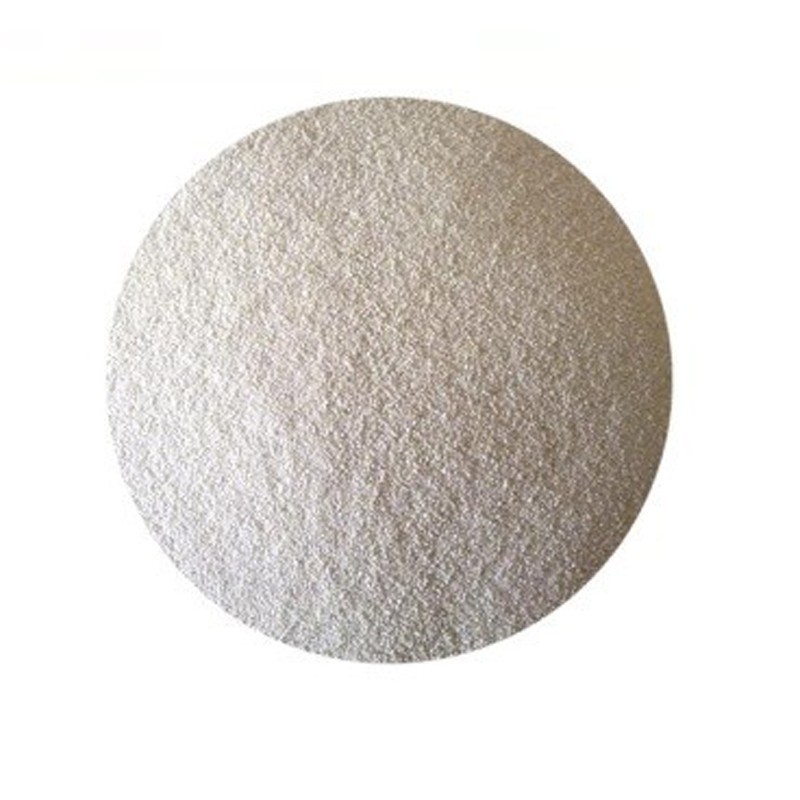Inflation likely to ease by last quarter
Economists said the rise in the most keenly watched cost of living index may continue to be in double-digit for some more time, but would ease to single digit levels by March next year. This, however, will hinge on how crude oil prices, which now rules above $140 a barrel, move, they added.
We could expect double-digit inflation for most of calendar year 2008 unless there is a dramatic change in the international prices of oil and other commodities like steel.
Domestic inflation is also a function of global commodity prices. Inflation is likely to ease by the last quarter of the fiscal. My forecast for the economy is a 7.8% growth for the current fiscal, said leading economist Saumitra Chaudhuri.
The way we calculate inflation, even if prices completely stabilise now, we will have double-digit inflation for some time, Subhashis Gangopadhyay, advisor to finance minister Palaniappan Chidambaram, told reporters here. He added that the government would have to wait and watch if more central bank action was needed.
The Reserve Bank of India (RBI) had on Tuesday raised its key lending rate by 50 basis points to 8.5%, its highest in six years, and hiked banks reserve requirements by 50 basis points to suck out liquidity from the system. The central bank had raised repo rate by 25 basis points on June 11.
The regulators review of the monetary policy is due on July 29, but it could intervene any moment in a dynamic market. The rising cost of living could force the central bank to further tighten the monetary policy, but may not be in the form of a strong dose of interest rate hike. RBI may, instead, ask banks to keep more funds with it, said Crisil director and principal economist DK Joshi.
I dont think inflation has peaked yet. Prices of decontrolled oil products like jet fuel and furnace oil may continue to fan inflation. Perfumes, cosmetics and turpentine have also become costlier in the week under review. Now we have started seeing the second round effect of the auto fuel price increase.
But this may not affect economys growth this fiscal much, as the first quarter has already passed and the momentum of investments is quite inspiring. (Suggesting sustained investments, capital goods output grew at 14.2% in April, up from 11% in March and 10.4% in February).
If high inflation persists, then we may witness slower growth next fiscal due to progressive tightening of monetary policy, Mr Joshi told ET.
In the wake of high inflation, Crisil has moderated its growth forecast for the current fiscal to 7.8% from 8%. The government, however, is confident of 8-8.5% growth this fiscal, while the Prime Ministers economic advisory council expects an 8% growth.
The latest rise has been induced by the rise in prices of food items, lubricants and manufactured products. Compared to the previous week, prices of food products like tea, fish marine, milk, maize and rice bran oil firmed up in the range of 1% to 3%, while rice bran oil, sunflower oil, oil cakes and hydrogenated vanaspati became costlier between 2% and 6%.
Fruits and vegetable prices declined by 1%, despite the rise in fuel prices that would have hiked transportation costs. Prices of texturised and synthetic yarn appreciated by 16% and 3%, respectively.
Benzene, used as a solvent in the production of a large number of chemicals and drugs, became costlier by 22%, while PVC resins firmed up by 17%. Prices of soaps, detergents, varnishes, caustic soda and hair oil became costlier in the range of 1% to 7%. Steel wire and steel wire ropes became costlier by 25% and 36%, respectively.
Recommended Suppliers
 June 3, 2024
June 3, 2024  June 3, 2024
June 3, 2024  June 17, 2024
June 17, 2024  June 18, 2024
June 18, 2024  June 18, 2024
June 18, 2024 

